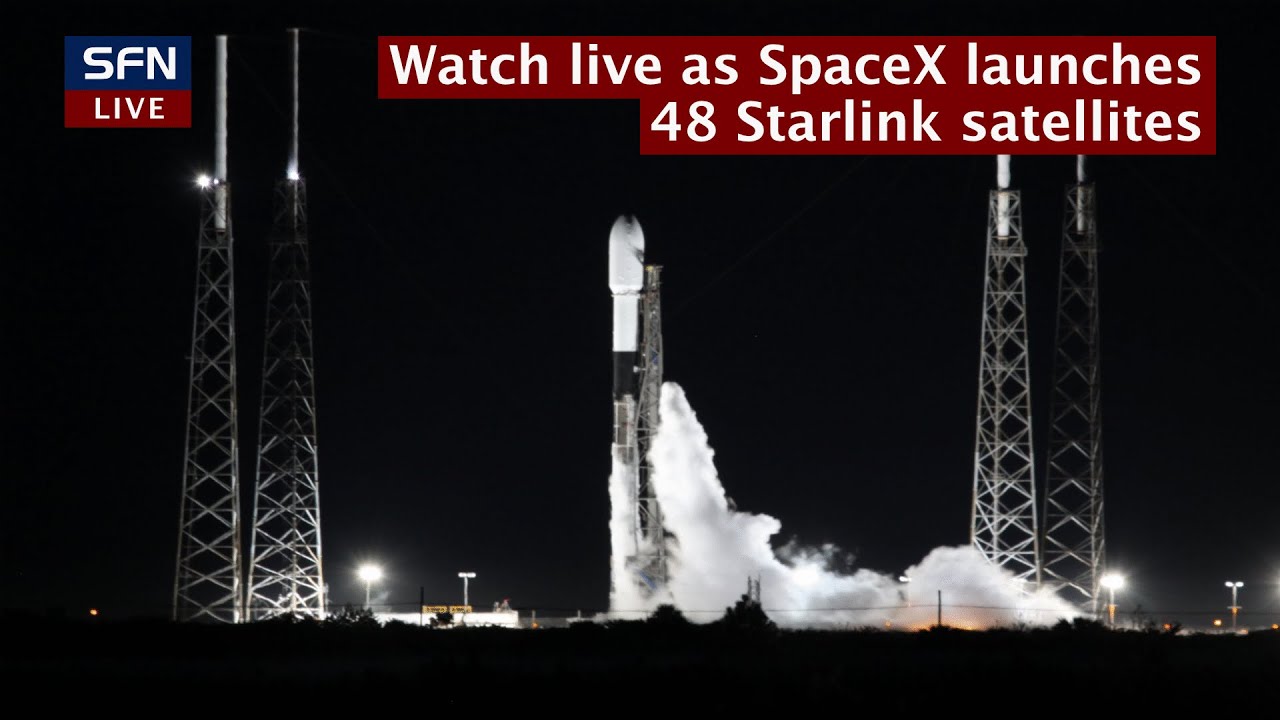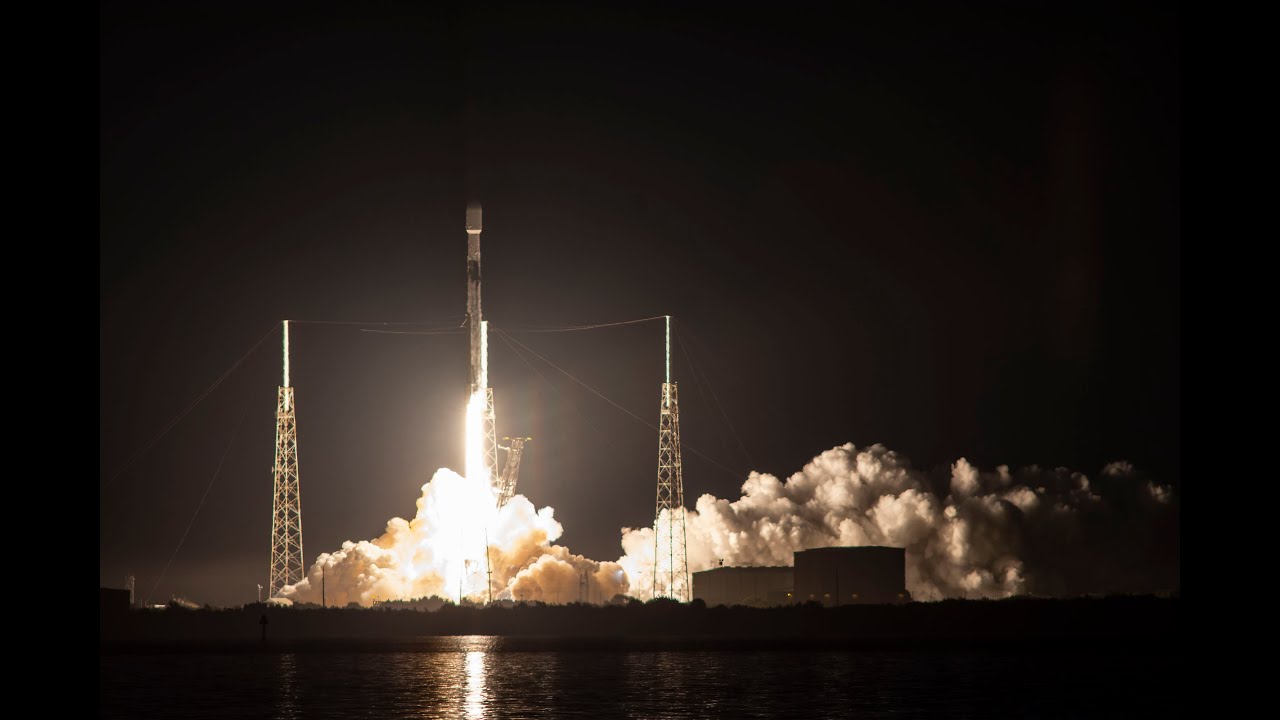SpaceX is planning to launch a Falcon 9 from Cape Canaveral at 23:12 UTC on 2021-12-02. The launch will carry 48 new generation Starlink satellites and two BlackSky remote sensing payloads. Weather is predicted as 90% chance of favourable at launch time. Mission status updates are posted on Spaceflight Now.
With the rapidly increasing number of small satellites in LEO, I am wondering to what extent this must be taken into account to avoid collisions when preparing to launch - not only as to the precise parameters of newly launched satellites, but even as to the trajectory of payloads (and upper stages of rockets) which are headed beyond LEO. Is that space getting sufficiently crowded that it is a real factor? Or, can it statistically be ignored?
There is a space surveillance network, run for many years by the U. S. Air Force, which tracks objects (both active satellites and space junk) in low earth orbit (LEO) by radar and optical means. All objects more than a few centmetres in size are tracked, but smaller pieces of debris cannot be detected by the existing radars. More recently, a private venture, LeoLabs, has been building out its own network, intended to provide services to operators of satellite constellations in low Earth orbit.
It is not unusual (although not that common either, at present, for a launch time to be scheduled explicitly to avoid a conflict with an object already in orbit. This can get complicated when the launch has an extended launch window, parts of which have to be blocked to avoid conflicts, but as more and more launches use an instantaneous launch window and launch provider on-time performance has improved, this does not happen as often. Because the orbits of objects in LEO constantly evolve due to atmospheric drag and the oblateness of the Earth, surveillance needs to be regularly updated to provide predictions good enough to avoid potential collisions.
Most launch providers now take care to de-orbit their rocket upper stages after delivering the payload to orbit, and are taking increasing care not to litter space with fragments from separation and deployment mechanisms. But they aren’t perfect. Every Starlink launch leaves the deployment bus and payload latching clamps in orbit after the satellites have separated. But these are deliberately injected into an orbit low enough that they will decay in a week or two, with the Starlink satellites raising themselves to their higher operational orbits with their own on-board electric propulsion thrusters.

